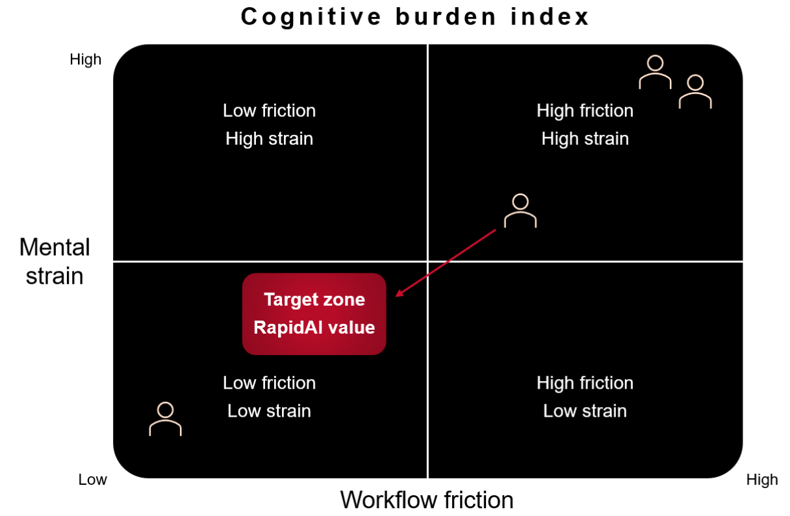Recent randomized clinical trials suggest that endovascular thrombectomy (EVT) could lead to favorable outcomes in basilar artery occlusion (BAO) patients. BAO patients are known to have higher rates of disability and mortality.
However, which BAO patients will be eligible for EVT treatment and have a high likelihood of favorable outcomes has not yet been defined. The CT perfusion (CTP) parameters to select BAO patients for EVT have been poorly described.
Dr. Nicole Yuen and co-authors performed a retrospective study to determine the CTP parameters that best predicted the final infarct volume in BAO patients who were successfully revascularized after EVT.
Key takeaways:
- Tmax >8s and Tmax >10s were the strongest predictors of the post-EVT final infarct volume.
- CBF <38% and CBF <34% performed well for final infarct estimation and correlated well with final infarct volume on diffusion-weighted imaging (DWI).
Study design
It was a multicenter, retrospective study that included BAO patients who underwent CTP imaging before EVT between January 1, 2015, and September 30, 2021.
Inclusion criteria:
- Age ≥ 18 years old
- Diagnosed with BAO on a CTA or MR angiography
- NIHSS > 2
- CT perfusion imaging and NCCT performed before EVT
- EVT was performed within 36 hours from symptom onset
- Treatment resulted in a successful revascularization
- MR perfusion imaging was performed 1-5 days after EVT.
Exclusion criteria were uninterpretable CTP imaging, baseline mRS ≥ 2, or concomitant anterior circulation acute ischemic stroke that could impact infarct volume analysis.
All CTP images were processed using Rapid CTP.
The ischemic core was defined as the pre-EVT CTP regions co-registered to the final DWI infarct.
Several time-to-maximum (Tmax) and cerebral blood flow (CBF) thresholds were used on the pre-EVT CTP scans to determine the best predictor of the final infarct volume.
A total of 27 patients met the inclusion criteria.
CTP parameters that predicted the final infarct volume in BAO patients
The CTP parameters with the highest correlation between the pre-EVT CTP study and the final DWI were Tmax >8s and Tmax >10s.
Tmax >8s (R2, 0.56; median absolute error, 16.0 mL) had the slope closest to 1 across all volumes, whereas Tmax >10s (R2, 0.73; median absolute error, 11.3 mL) had the highest correlation and lowest absolute median errors.
CBF <38% (r2, 0.76; median absolute error, 8.2) and CBF <34% (slope r2, 0.76; median absolute error, 9.1 mL) performed well for final infarct estimation and correlated well with final infarct volume on DWI.
Pre-EVT CTP could be useful to help predict BAO patients' final ischemic infarct volume.
The RapidAI Clinical Affairs team works closely with physicians and healthcare systems worldwide to advance stroke care. Learn more about how we support clinical trials here.
Co-authors on this paper: Nicole Yuen, Michael Mlynash, Andrea O'Riordan, Maarten Lansberg, Soren Christensen, Carlo W. Cereda, Giovanni Bianco, Dan-Victor Giurgiutiu, Fana Alemseged, Marco Pileggi, Bruce Campbell, Gregory W. Albers, and Jeremy J. Heit.

